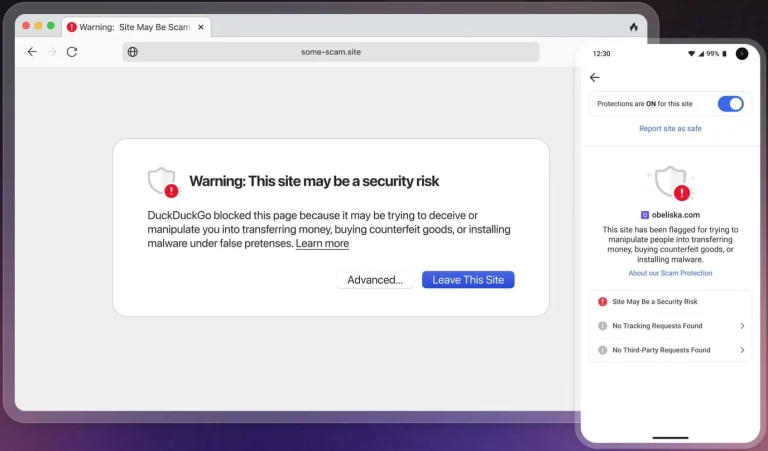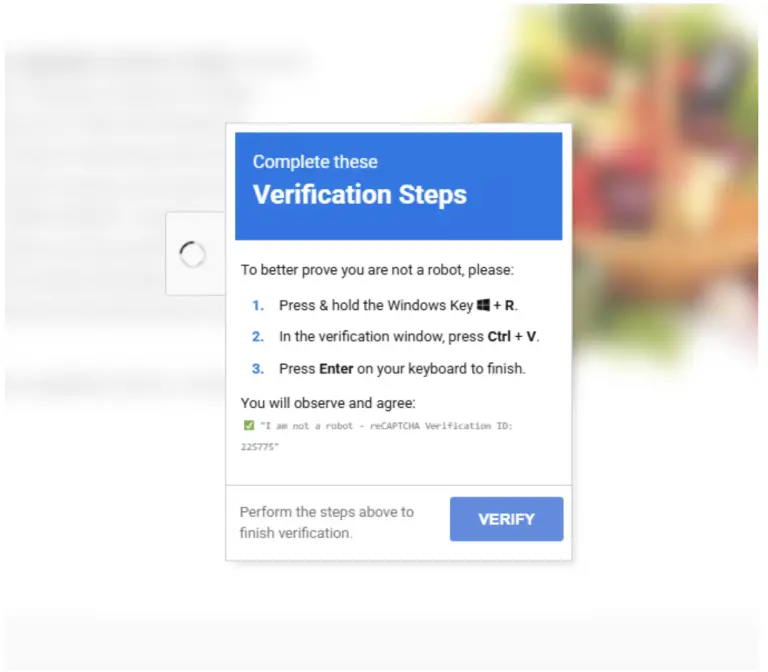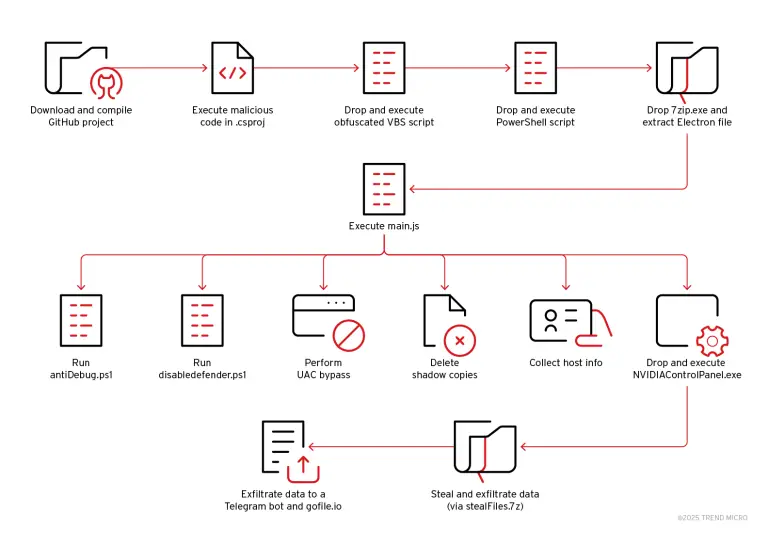
Subscribers of Cellcom—a telecommunications provider serving users across Wisconsin and Michigan’s Upper Peninsula—were left without service for nearly a week, unable to place calls or send SMS messages. It was only several days into the disruption that the company acknowledged what many had already suspected: the widespread outages were the result of a cyberattack.
Initially, Cellcom attributed the incident to a technical malfunction, assuring customers that data transmission, iMessage, RCS messaging, and emergency 911 services remained operational. However, mounting user frustration over the prolonged service blackout and the inability to port numbers to alternative carriers—due to internal system failures—intensified the pressure for transparency.
The company’s CEO, Brighid Riordan, has now formally confirmed the incident as a “cybersecurity event.” In a letter addressed to subscribers, she emphasized that Cellcom had pre-established response protocols in place and that the team had adhered to them from the onset. These measures included enlisting external cybersecurity experts, notifying the FBI and Wisconsin authorities, and engaging in continuous, round-the-clock recovery efforts.
According to Riordan, the attack impacted only a specific segment of the company’s infrastructure—one not associated with the storage of personal data. Thus far, there is no evidence of data leakage, including names, addresses, or subscribers’ financial information.
At present, service restoration is underway. As of May 19, users regained the ability to exchange SMS messages and make calls within the Cellcom network. Nevertheless, the timeline for full restoration remains uncertain. In its latest update, the company expressed hopes of reinstating all services by week’s end, though it could not commit to a definitive date.
For subscribers still experiencing connectivity issues, the company recommends a simple troubleshooting step: activate airplane mode for 10 seconds, then disable it. If that fails, a device reboot is advised.
Amid mounting criticism over the delayed response, Cellcom has taken steps toward greater transparency. In addition to the written message, the CEO released a video statement to provide further clarity on the incident and the recovery process. The company has not commented on whether ransomware played a role in the attack.
This unfolding situation underscores how deeply reliant even regional communities have become on the stability of digital infrastructure. Despite Cellcom’s assertion that it was prepared for such contingencies, the real-world impact has been felt by tens of thousands of users.


